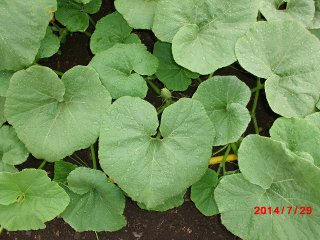To identify squash plants, observe their leaves, which are typically large, broad, and lobed, with a rough texture. Additionally, squash plants produce yellow or orange flowers that are either male or female.
Male flowers appear on long, thin stems, while female flowers have a small, round swelling at the base. By examining these characteristics, you can easily identify squash plants.
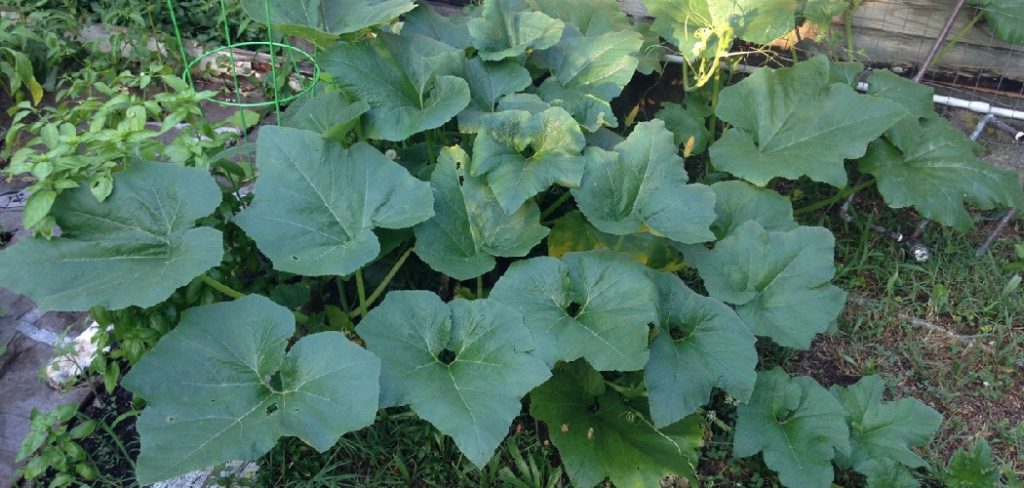
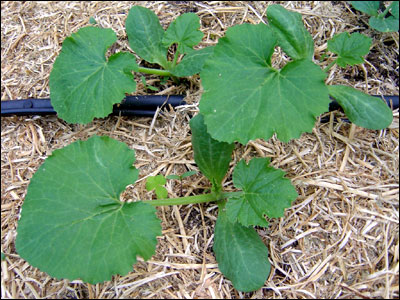
Credit: gardeningsolutions.ifas.ufl.edu
How to Identify Squash Plants: Step by Step Guide
Understanding Squash Leaf Identification
Understanding squash leaf identification is crucial for differentiating squash species. By examining the characteristics of the leaves, you can identify common squash leaf varieties. Leaf shape and size play a significant role in squash identification, providing valuable clues about the specific type of squash plant.
Pay attention to the unique features of each leaf, such as the presence of lobes or the overall shape, which can vary across different squash species. By carefully observing the leaves, you can gain insights into the type of squash you are dealing with and make accurate identifications.
Recognizing Squash Blossoms And Flowers
Recognizing squash blossoms and flowers is crucial for identifying squash plants. When it comes to distinguishing male and female squash flowers, there are key differences to look for. Male flowers have a long, slender stem and a distinct stamen at the center, while female flowers have a small bulb at the base that will develop into a fruit.
Hand-pollinating squash plants can optimize fruit production by ensuring proper pollination. This can be done by transferring pollen from the male flowers to the female flowers using a small brush or by gently shaking the flowers. Additionally, identifying squash blossoms is important for pest and disease management.
By regularly inspecting the plants and identifying any signs of pests or diseases on the blossoms, appropriate measures can be taken to prevent further damage.
Exploring Various Types Of Squash
Exploring various types of squash involves differentiating between their distinctive characteristics. When identifying squash plants, pay attention to their color, shape, and texture. Each variety has its own unique flavor profile and culinary use. By understanding these factors, you can make informed decisions on which types of squash to incorporate into your recipes.
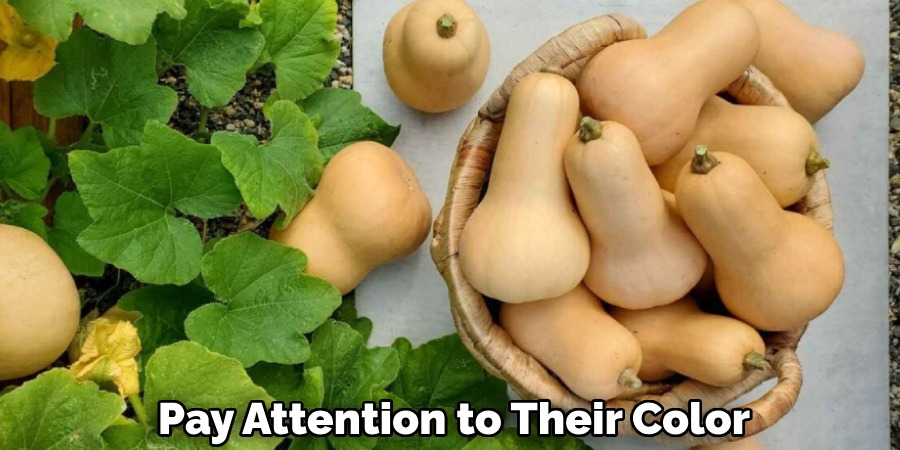
Whether it’s the vibrant hues of acorn squash or the velvety texture of spaghetti squash, each variety offers something special to the plate. Embrace the versatility of squash in your cooking and experiment with different types to discover your personal favorites.
Enjoy the abundance of flavors and textures that the world of squash has to offer.
Frequently Asked Questions For How To Identify Squash Plants
How Can I Tell What Kind Of Squash I Have?
To identify what kind of squash you have, examine the characteristics of the plant and its fruit. Look at the shape, color, and size of the squash. Pay attention to the skin texture, whether it’s smooth or bumpy. Also, observe the stem and the location where it attaches to the fruit.
These details can help differentiate between various squash varieties. Additionally, you can consult gardening resources or use online plant identification tools to match the characteristics of your squash with known types. By carefully examining the plant and its fruit, you can determine what kind of squash you have.
How Do You Tell Squash And Zucchini Leaves Apart?
Squash and zucchini leaves can be differentiated by their shape, color, and texture. Squash leaves are typically broader, rounder, and have a lush green color. They also tend to have a slightly textured surface. On the other hand, zucchini leaves are longer, narrower, and have a lighter shade of green.
Their surface is generally smooth and shiny. Another distinguishing feature is the presence of white, powdery mildew on squash leaves, which is uncommon on zucchini leaves. To tell them apart, simply observe the leaves’ shape, color, and texture. Squash leaves are broader, rounder, and have a textured surface, while zucchini leaves are longer, narrower, and have a smooth, shiny surface.
Additionally, you may notice powdery mildew on squash leaves, which is not commonly found on zucchini leaves.
How To Tell The Difference Between Zucchini And Summer Squash Plants?
To differentiate between zucchini and summer squash plants, examine the characteristics of the leaves. Zucchini plants have large, broad leaves with a darker green color. The leaves of summer squash plants, on the other hand, are smaller and have a lighter green shade.
Another way to distinguish them is by looking at the shape of the fruit. Zucchini typically has a cylindrical shape, whereas summer squash can have different shapes, such as crooked necks or bulbous ends. Additionally, pay attention to the texture of the skin.
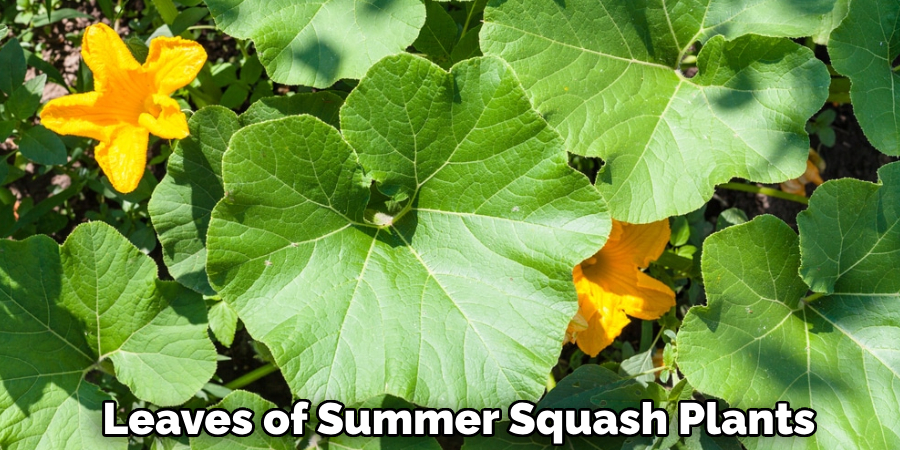
Zucchini has a smooth, glossy skin, while summer squash may have a slightly rough or bumpy texture. By examining the leaves, shape, and skin texture, you can easily tell the difference between zucchini and summer squash plants.
How Do You Identify Summer Squash?
To identify summer squash, look for plants with broad, dark green leaves and yellow, edible blossoms. Summer squash plants produce fruits with a soft rind that can be eaten when young and tender. The fruits come in various shapes, such as cylindrical, round, or scalloped, and they have a mild flavor.
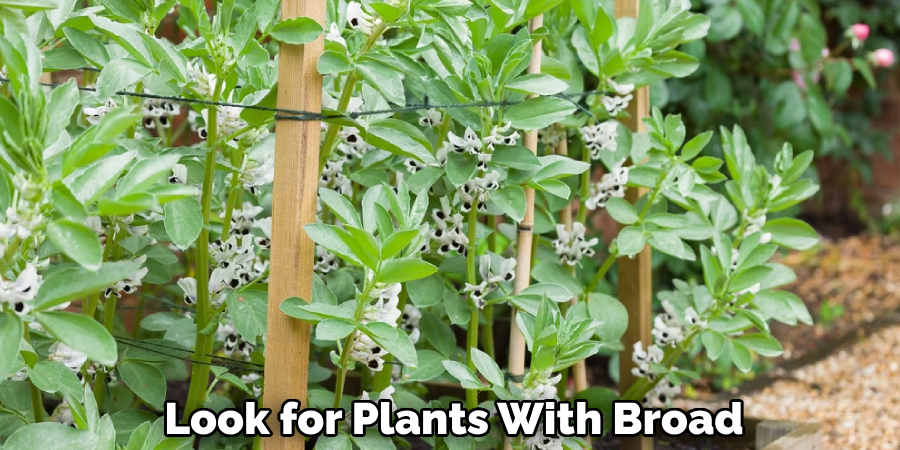
Common types of summer squash include zucchini, yellow squash, and pattypan squash. Check for the presence of both male and female flowers on the plant, as female flowers will eventually produce the fruit. Male flowers have a straight stem, while female flowers have a swollen base.
Additionally, summer squash plants typically have a bushy growth habit and can spread out over a large area.
Conclusion
Identifying squash plants can be a rewarding and enjoyable process for any gardener. By closely observing the leaves, flowers, and fruits, you can determine the type of squash you are growing. The distinct characteristics of different squash varieties, such as acorn squash, butternut squash, and spaghetti squash, can be identified through their unique leaf shapes and flower structures.
Additionally, understanding the differences between male and female squash flowers can be helpful when it comes to hand-pollination for a successful harvest. By taking the time to familiarize yourself with the various types of squash and their identifying features, you can ensure that your garden thrives with healthy squash plants.
Happy gardening!

